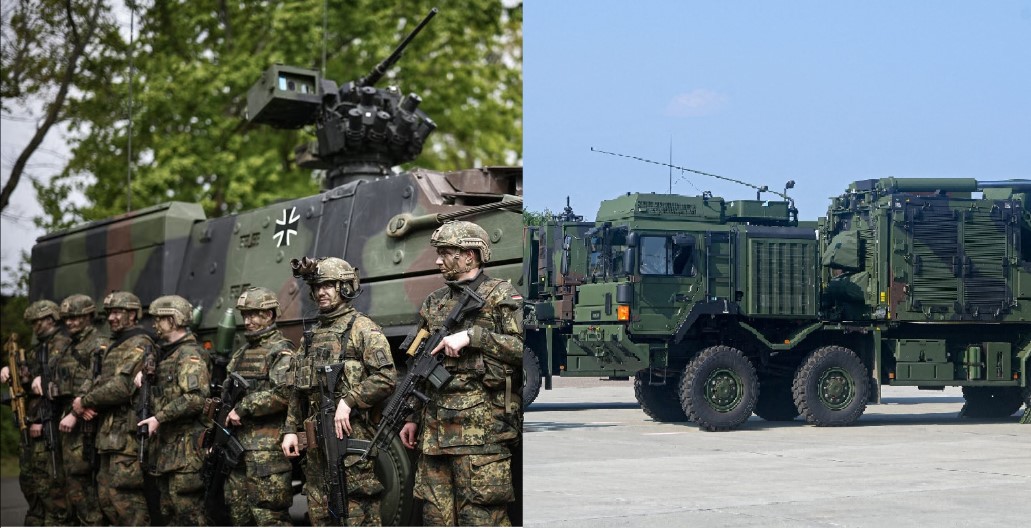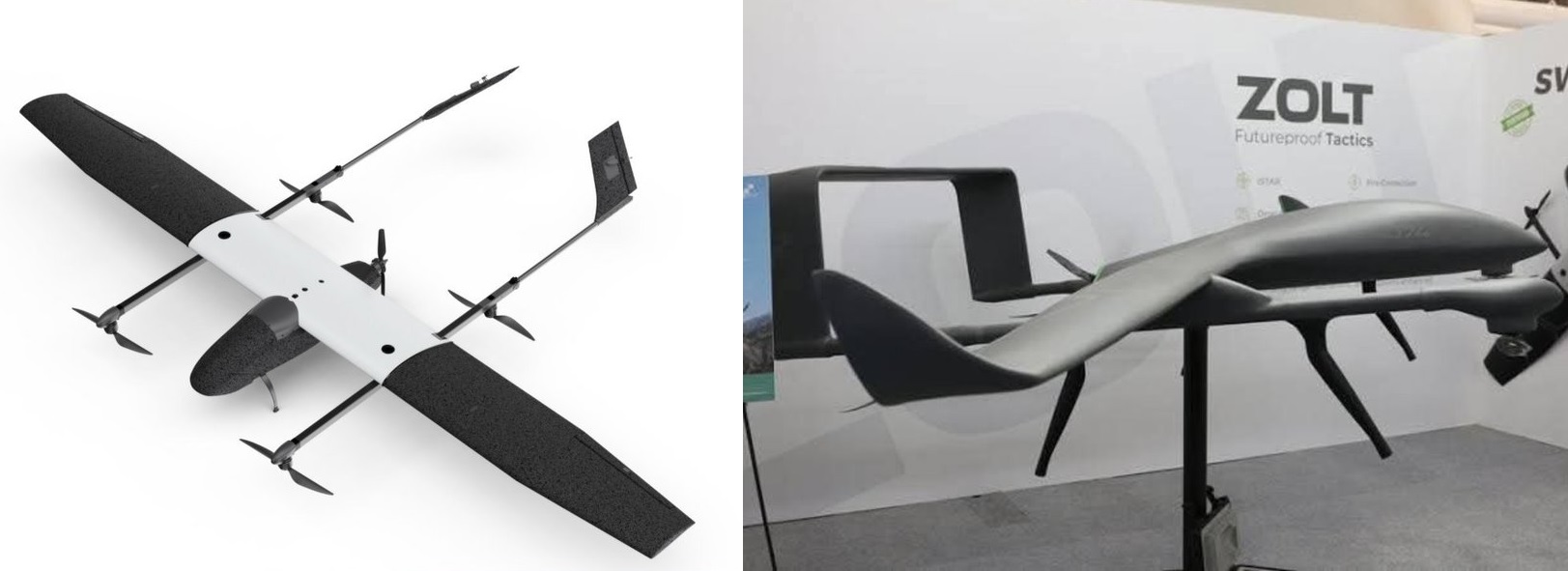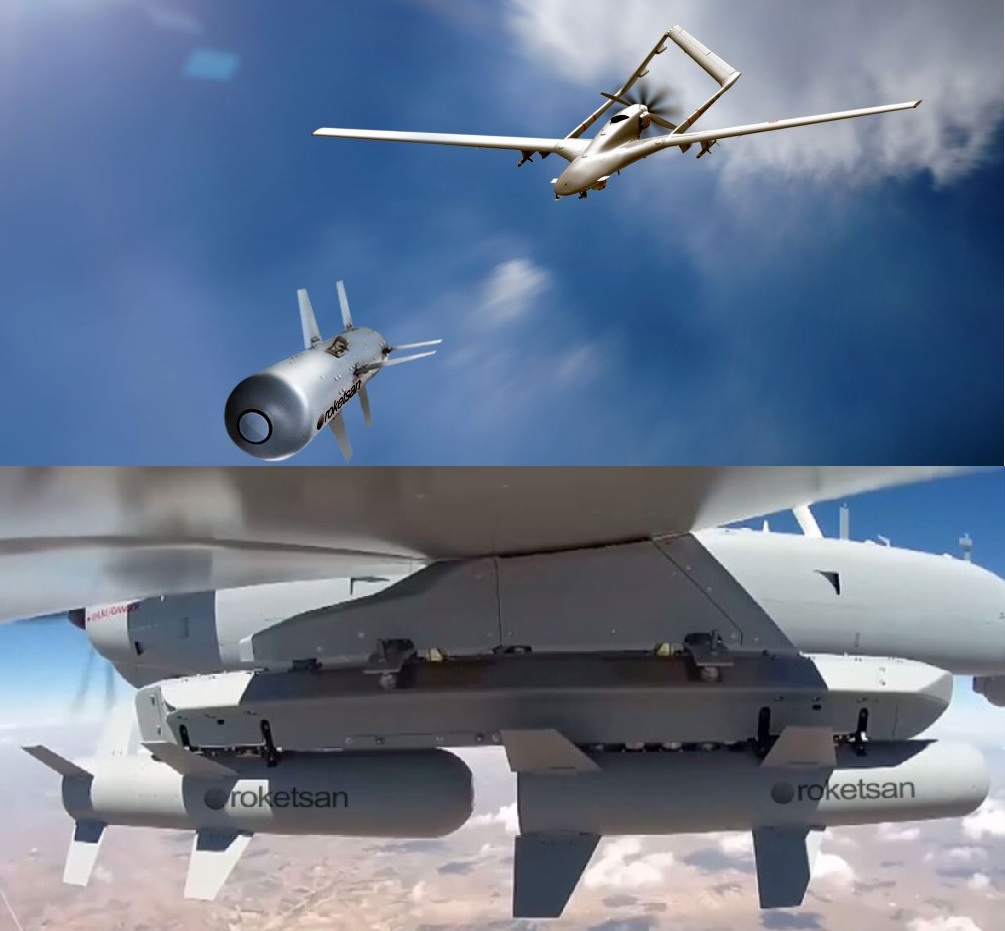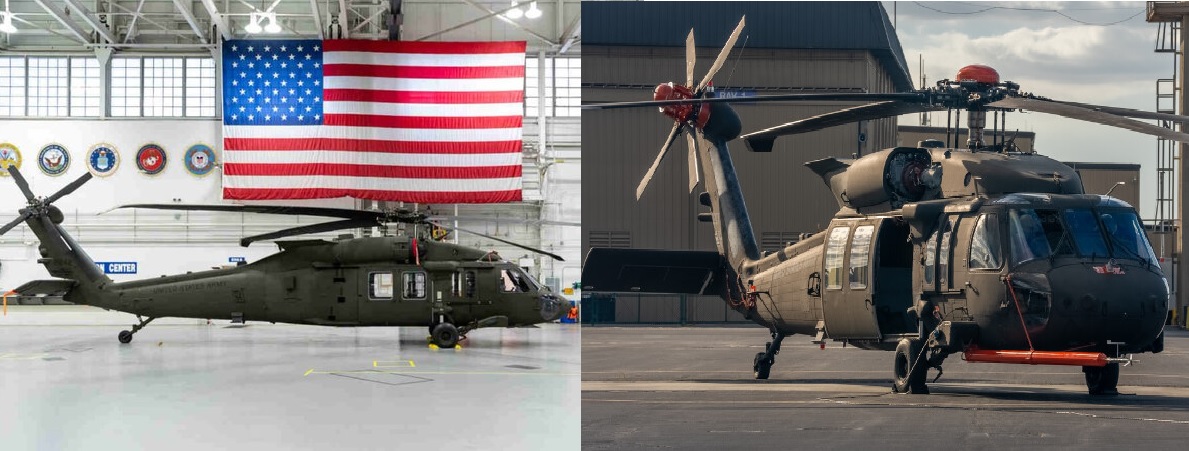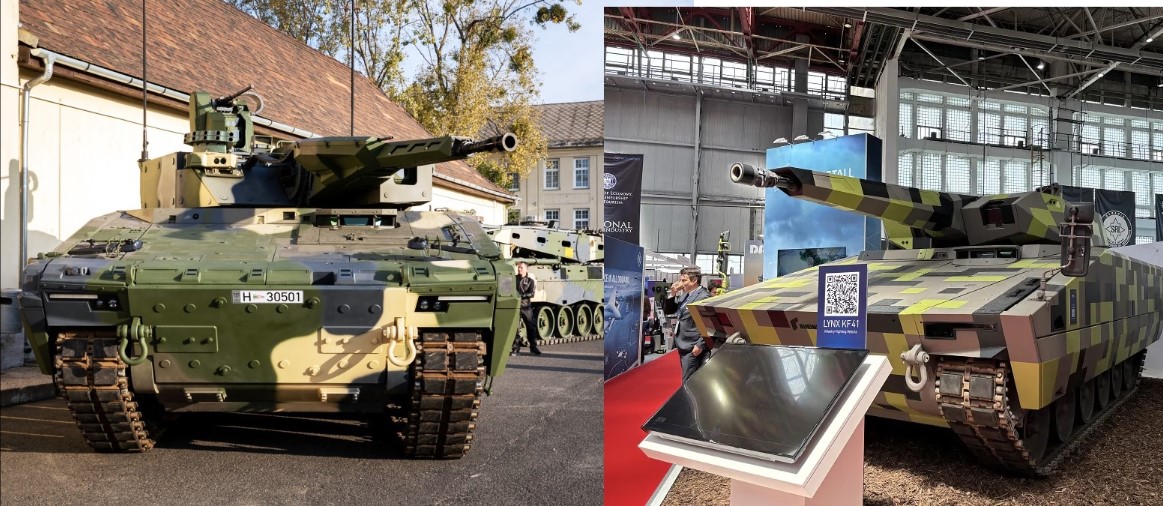China Showcases GJ-11 ‘Dark Dragon’ Stealth Drone Flying With J-20 and J-16D in Anniversary Film
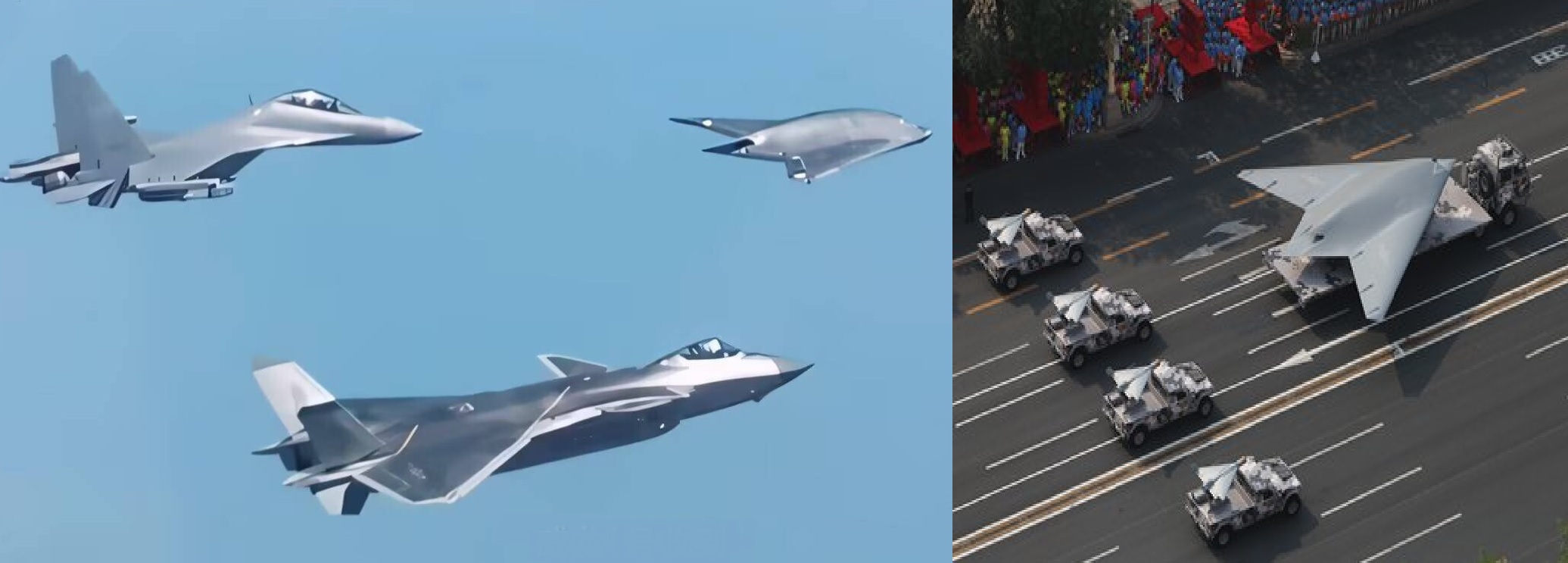
On November 11, 2025, China celebrated the 76th anniversary of the People’s Liberation Army Air Force (PLAAF) by releasing a short film titled “Far-Reaching Dreams.” The video, produced by the Chinese Air Force’s media division, marked a historic first — it showed the GJ-11 stealth combat drone, now officially named “Xuanlong” (Dark Dragon), flying in coordinated formation with the J-20 stealth fighter jet and the J-16D electronic warfare aircraft.
The footage, lasting just a few minutes, is far more than a commemorative production. It represents the first public display of China’s most advanced air combat systems operating together — a symbolic and technical milestone demonstrating how far the PLAAF’s integration of stealth, strike, and electronic warfare capabilities has evolved.
The Formation: A New Vision of Air Combat
The film opens with the GJ-11 Dark Dragon taxiing from a dimly lit hangar — its angular flying-wing silhouette illuminated by the glow of runway lights. As it accelerates and lifts into the sky, the drone joins a pair of manned aircraft: the J-20 “Weilong” (Mighty Dragon) stealth fighter and the J-16D, a derivative of the J-16 multirole fighter specialized for electronic attack and radar suppression.
Moments later, the J-20 launches an air-to-air missile, while the camera cuts to a ground-based HQ-20 surface-to-air missile firing sequence — symbolizing coordinated strikes between air and missile defense units. The sequence culminates with the trio flying in tight formation, framed against the rising sun — a powerful metaphor for China’s vision of next-generation networked warfare.
GJ-11: From Sharp Sword to Dark Dragon
Previously known as the “Sharp Sword”, the GJ-11 has undergone both renaming and capability evolution. The new name Xuanlong (Dark Dragon) aligns it with the “Dragon” naming convention of China’s stealth aircraft family — the J-20 Weilong (Mighty Dragon) and the J-35 Feilong (Flying Dragon). This rebranding subtly reinforces the image of a unified stealth fleet designed for cooperative, multi-domain operations.
The GJ-11’s design reflects a classic flying-wing configuration similar to the U.S. B-2 Spirit and X-47B. Measuring approximately 14 meters in wingspan and 12 meters in length, it is optimized for low radar observability, featuring a shielded exhaust, composite construction, and serrated internal bay doors. The drone reportedly carries four to six small precision glide munitions or electronic payloads in twin internal bays, supporting both strike and reconnaissance missions.
Its single turbofan engine produces roughly 50 kilonewtons of thrust, allowing subsonic cruise speeds with an estimated combat radius exceeding 1,200 kilometers and endurance of up to six hours. Such specifications position it for deep-penetration strike, electronic warfare, and high-risk reconnaissance — roles where unmanned systems can operate without exposing pilots to danger.
The J-20 and J-16D: Complementary Roles
The Chengdu J-20 serves as the spearhead of the PLAAF’s fifth-generation fleet. It brings long-range stealth, high maneuverability, and advanced sensor fusion — attributes that make it both a command platform and strike asset. In the film, its missile launch scene symbolizes the precision engagement component of China’s future combat packages.
Meanwhile, the Shenyang J-16D adds a critical electronic warfare (EW) layer. Equipped with wideband jamming pods and radar detection equipment, the J-16D’s primary function is to neutralize enemy air defense systems, creating “blind corridors” through which stealth aircraft and drones can operate freely. Together, these aircraft form a three-tiered system — jammers suppress, stealth fighters strike, and drones scout or saturate.
Symbolism and Strategy Behind the Footage
The timing and content of “Far-Reaching Dreams” reveal strategic intent. The PLAAF did not release this footage at an air show or arms expo, but on its anniversary, reflecting confidence that the concept has matured beyond experimental stages.
The coordinated flight illustrates China’s advancing doctrine of manned-unmanned teaming (MUM-T) — an area where the PLAAF seeks parity with the United States and Australia, both of which are developing “loyal wingman” drones such as the Boeing MQ-28 Ghost Bat.
The Dark Dragon’s integration with the J-20 and J-16D demonstrates a vision of networked combat, where stealth jets act as mission commanders directing groups of autonomous drones through secure data links. In such operations, drones could extend radar coverage, perform decoy maneuvers, or carry precision munitions to overwhelm defenses.
The film’s closing imagery — air and missile systems launching in unison — portrays a future in which air, space, and cyber domains are seamlessly connected under a unified command architecture.
AI, Simulation, and Training Integration
Alongside the film, the PLAAF released companion videos outlining its AI-driven training network, connecting live aircraft, advanced simulators, and digital “virtual forces.” This network reportedly enables mixed-reality exercises, where algorithms simulate adversaries and adapt tactics in real-time.
By merging AI with flight operations, the PLAAF aims to accelerate tactical learning, allowing pilots to practice joint operations with unmanned aircraft without risking valuable assets. These systems also enable data fusion experiments, multi-drone control trials, and distributed sensor tests, laying the groundwork for future autonomous swarm coordination.
Testing and Operational Progress
Over the past two years, the GJ-11 has been observed conducting multiple test sorties at key facilities including Dingxin and Malan, two of China’s primary aviation testing centers. Satellite imagery and eyewitness reports suggest coordinated flight trials with J-20s, as well as endurance and altitude performance tests over plateau regions.
Such activities point toward final-stage evaluations — possibly preceding limited operational deployment within select air regiments. While no official confirmation has been made, defense analysts believe combat readiness assessments are underway, focusing on data link stability, radar signature behavior, and autonomous mission sequencing.
Toward Naval and Joint Applications
Speculation is growing that a navalized variant of the GJ-11 is under development. Expected modifications include folding wings, reinforced landing gear, and anti-corrosion coatings — all consistent with carrier-based operations on China’s new Type-003 “Fujian” aircraft carrier.
If deployed at sea, the Dark Dragon could serve as an early warning platform, decoy, or anti-ship strike drone, working alongside carrier-based fighters like the J-35. This would significantly extend the surveillance and strike range of Chinese carrier groups, supporting Beijing’s ambitions for multi-domain power projection across the First and Second Island Chains.
China’s unveiling of the GJ-11 Dark Dragon, flying alongside the J-20 Mighty Dragon and J-16D electronic warfare aircraft, represents far more than a cinematic display. It signals the emergence of a new combat philosophy — one that merges stealth, electronic warfare, and autonomous systems into an integrated, networked force.
Through “Far-Reaching Dreams,” the PLAAF has showcased not only its aircraft but its strategic confidence, AI-driven training, and maturing doctrine of human-machine collaboration. Whether the Dark Dragon is already combat-ready remains uncertain, but its public debut suggests that China’s airpower modernization has entered a phase where unmanned and manned platforms are no longer separate tools — but interlinked elements of a unified warfighting system.
With each new reveal, Beijing is making one message clear: the future of air combat will not be fought by pilots alone, but by intelligent, connected machines flying beside them.
✍️ This article is written by the team of The Defense News.
